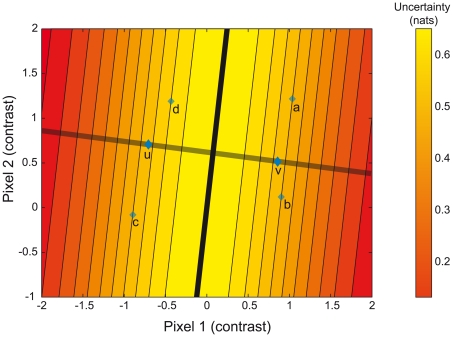Figure 4. The orientation discrimination problem in stimulus space.
The templates u and v are points in a space with dimensions corresponding to pixel luminances. Here we depict the problem for two pixels only. The optimal decision boundary – a plane - is represented by the blue line. Stimuli are obtained by starting from one of the two templates and adding a noise vector. They correspond to points in the space lying around u and v. The response is determined by which side of the plane they fall on. The closer they are from the decision boundary, the higher the chance that they could have been generated equally well from either template, and therefore the higher the uncertainty. Here, A,B and C are all points of equal uncertainty, whereas D has higher uncertainty. The uncertainty is given by the entropy of the posterior distribution, see Methods.

